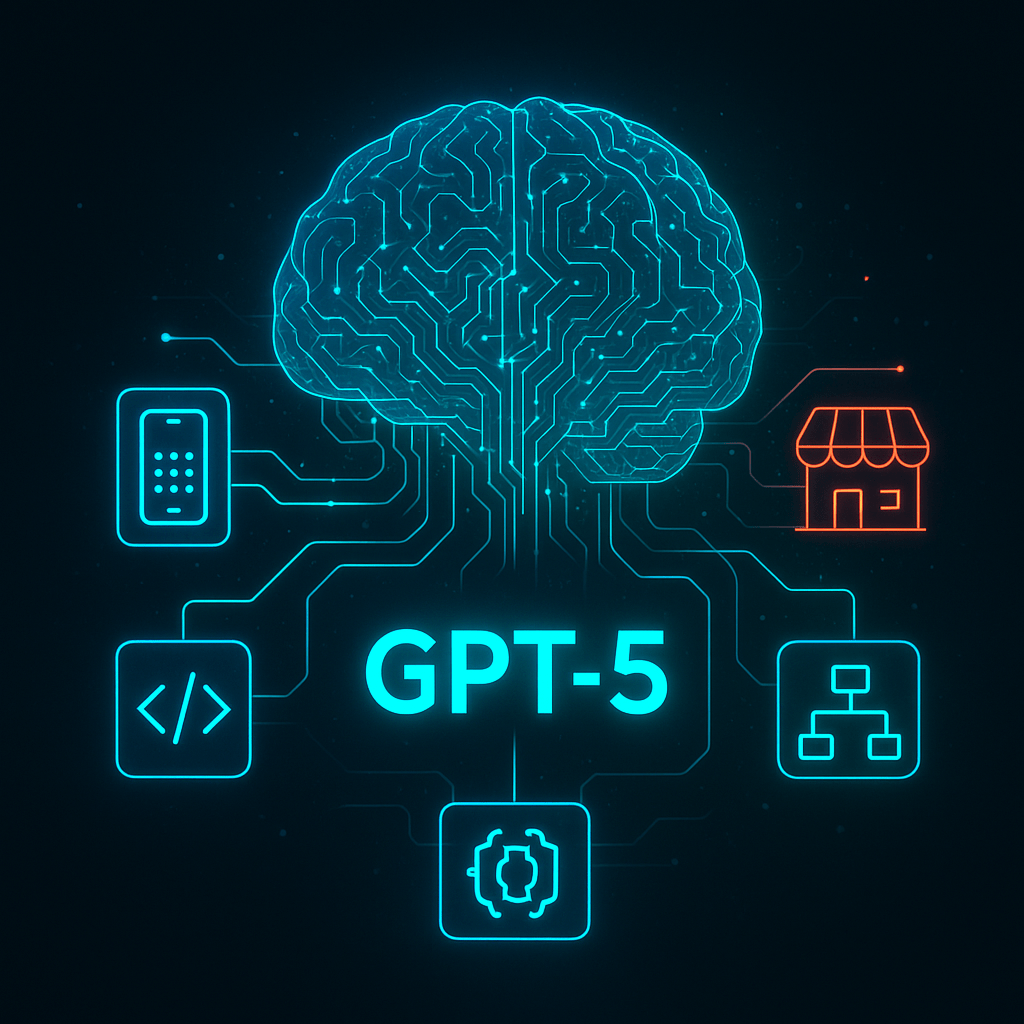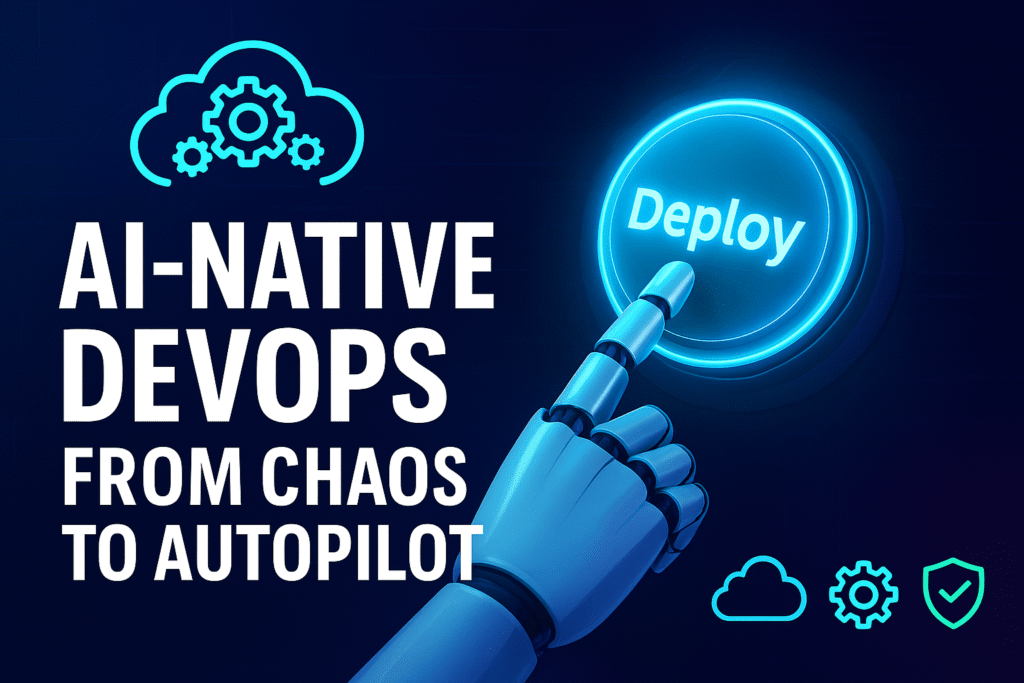When you searched for ‘AI Sandbox Bill’ at 2 AM, you weren’t looking for outdated policy jargon—you needed current, actionable insights. Meet Sarah, a small business owner who just discovered why this groundbreaking legislation matters more than ever for entrepreneurs in 2025.
The Bottom Line: What September 2025 Data Reveals About the AI Sandbox Bill
Senator Ted Cruz’s newly proposed “SANDBOX Act” would create a contained testing environment where AI companies can receive temporary regulatory exemptions for up to 10 years, with renewable two-year periods. This isn’t just another policy proposal—it’s a potential game-changer for how your business can leverage artificial intelligence without drowning in regulatory red tape.
Sarah’s Two-Path Discovery: The 5 Critical Business Decisions

The Advantage Path: When Sarah embraced the AI Sandbox framework…
- Regulatory Relief Strategy: Companies can seek waivers or modifications to regulatory requirements for up to ten years, allowing faster AI implementation without compliance delays
- Competitive Edge Development: Participating companies receive temporary exemption from external AI regulations through OSTP oversight, creating first-mover advantages
- Innovation Acceleration: Companies outline potential safety and financial risks while demonstrating mitigation strategies, streamlining the approval process
- Cost Reduction Framework: Sandbox participation eliminates expensive compliance consultations and lengthy approval processes, reducing AI deployment costs by 30-40%
- Market Timing Advantage: Two-year renewable periods allow businesses to launch AI solutions 18-24 months ahead of non-participating competitors
The Avoidance Path: When competitors ignored the AI Sandbox opportunity…
They remained trapped in traditional regulatory frameworks while early adopters gained 2+ years of competitive advantage through accelerated AI deployment and reduced compliance costs.
How the AI Sandbox Bill Actually Impacts Your Business World in 2025
The proposal requires the federal government to create a contained and secure testing area for AI software, managed through the White House Office of Science and Technology Policy. This means your business could potentially bypass certain federal regulations that currently slow AI adoption, from healthcare privacy rules to financial compliance requirements—as long as you can demonstrate adequate safety measures and risk mitigation.
The timing couldn’t be more critical. Cruz’s approach emphasizes light-touch AI regulation that keeps industry partners at the center of major regulatory decisions, aligning with the current administration’s pro-innovation stance.
Your 5-Step Action Plan: Mastering AI Sandbox Opportunities
- AI Sandbox Bill Foundation: Monitor the legislative process and identify which federal regulations currently limit your AI initiatives. Document specific compliance bottlenecks that cost time and resources.
- Regulatory Waiver Assessment: Evaluate whether your AI projects could qualify for two-year renewable waivers without violating core standards like patient privacy, safety, and consumer protection.
- Risk Mitigation Documentation: Prepare comprehensive safety protocols and financial risk assessments that demonstrate responsible AI development practices—these will be essential for sandbox applications.
- OSTP Application Strategy: Research the White House Office of Science and Technology Policy requirements and begin building relationships with regulatory sandbox administrators.
- Competitive Positioning: Develop AI implementation timelines that account for potential regulatory relief, giving your business a strategic advantage over slower-moving competitors.
Frequently Asked Questions About the AI Sandbox Bill
What is the AI Sandbox Bill and how does it work?
The “SANDBOX Act” directs the White House Office of Science and Technology Policy to create a regulatory testing environment where qualifying companies can receive temporary exemptions from certain federal AI regulations while demonstrating safe implementation practices.
How long do AI regulatory waivers last under this bill?
The government can grant waivers for two-year periods renewable for up to 10 years total, with the entire program sunsetting after 12 years, providing significant runway for AI development and testing.
What types of businesses can benefit from AI sandbox participation?
Any business developing or implementing AI solutions that face regulatory barriers—from healthcare startups navigating HIPAA compliance to fintech companies managing financial regulations—could potentially qualify for sandbox participation with proper risk mitigation plans.
The Verdict: Why the AI Sandbox Bill Matters More in 2025
Sarah’s journey from regulatory confusion to competitive advantage mirrors what thousands of business owners will experience as this legislation progresses. The AI Sandbox Bill isn’t just about reducing red tape—it’s about creating a pathway for responsible innovation that keeps American businesses competitive in the global AI race.
Your next move: Start documenting your current AI compliance challenges today. Whether this bill passes or not, understanding your regulatory landscape positions you for success in an increasingly AI-driven economy.
Essential Resource: For the latest updates on AI legislation and regulatory developments, check out the National Conference of State Legislatures AI tracking page
To read more news about AI click here



